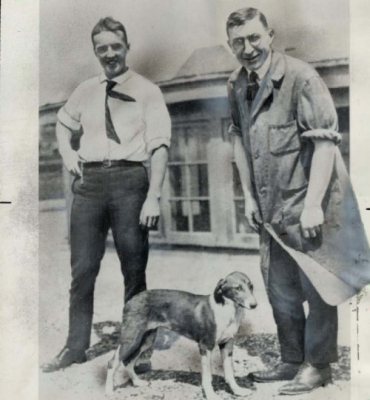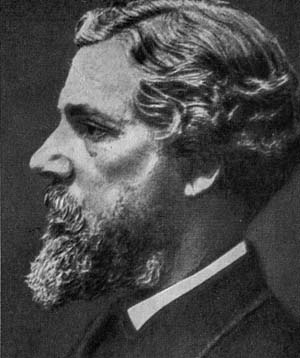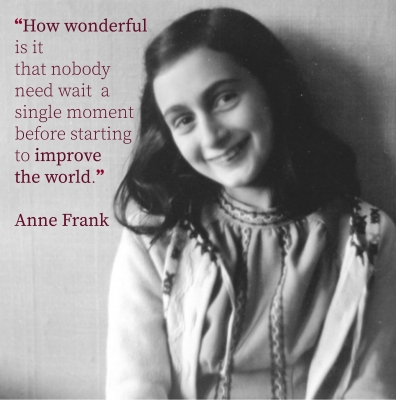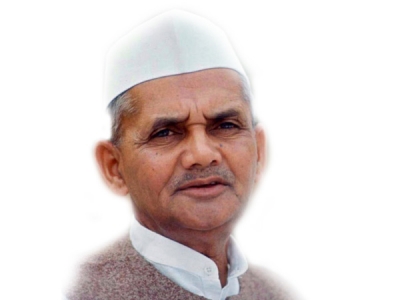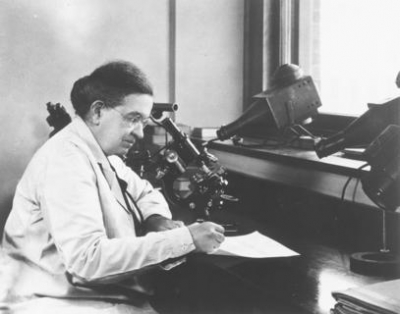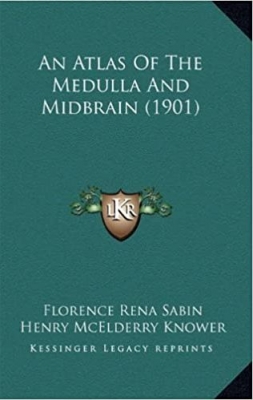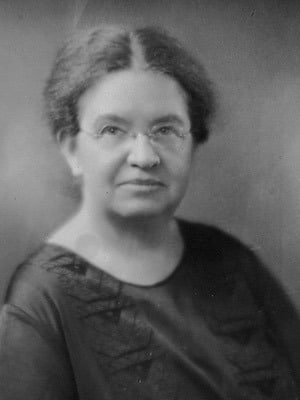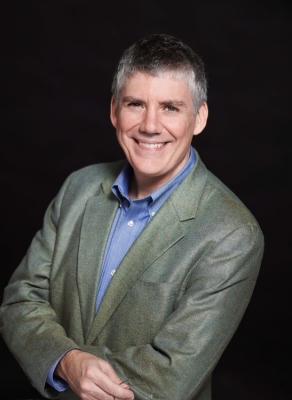
Can a geeky, sixth grade high school English teacher conjure up a world much beyond the four walls of his classroom? A world filled with hyperactive demigods and quests? Well, the answer lies within the 39 books penned by young adults’ writer, Rick Riordan.
If you are anywhere between 11 and 14, chances are you have already devoured the Percy Jackson series. You may have already imagined being the son or a daughter of a Greek god and what super powers you would like to possess.
If all this is true, then of course you know all about Rick Riordan. Even the story of how his son's attention deficit disorder (ADHD and dyslexia) inspired the stories in which all the demigods have ADHD. But did you know that Riordan has mild dyslexia? Or that he loves villains and fast cars, but hated to read till he was 13?
A nerd in school
Like his protagonist. Percy Jackson, Riordan is an unlikely superhero. He never scored straight A's in his school life, neither did he embark on any daredevil adventures to save the earth. In fact, he was a pretty average kid maybe even a bit nerdy. For the longest time he was a lead singer in a folk rock band-not the most hippest of music genres, and later turned to teaching
From Clark Kent to Superman
But it was while telling bedtime stories to his son Haley that Riordon donned his cape. His super power? Ability to breathe life into mythology.
Aged nine, his son refused to read, but loved Greek myths so Riordan used to tell him about the Greek gods and heroes. One night he ran out of myths, and a disappointed Haley insisted that he make something up with his own characters. Thus, Percy Jackson was born.
A reluctant reader
But his own love of mythology came late in life. He didn't like books and avoided reading until he got into junior high school and discovered the Lord of the Rings. That's also when he decided to become a writer. He sent in his first story at age 13. It was promptly rejected, but he kept trying."I have a great deal of sympathy for reluctant readers because I was one," he reportedly said.
His struggle with ADHD
In an interview with a British media, he said, "I'm afraid I'm very ADHD, much like Percy. There are days when I'll write for 15 minutes and have to give up and move around, and I'll write another paragraph and give up again. On other days I get intensely focused on the process, sit down at 8 a.m. and won't get up until 8 p.m.”
Riordan said that writing his own novels was an achievement for him, one that he rates as an "in yer face moment" for all those teachers who ignored him. "Basically, I misspell stuff but that's about as far as the dyslexia hinders me."
A Potterhead
Just like millions all over the world, the bespectacled wizard, Harry Potter, captured Riordan's imagination too. Even today, after writing best selling series equal in fame to the Potter novels, Riordan remains a Potterhead. "As a teacher, I've never seen anything like Harry Potter. That's why I smart when people talk about the next Harry Potter. There is no 'next Harry Potter. There never was a Harry Potter before Harry Potter. It's completely unprecedented in children's literature. I had students who read these books 13, 14 times and I would say, 'Great book, but don't you want to try something else?' And they would say. There's nothing else this good."" he said in one of his interviews.
Loves villains
But unlike everyone else, you might not catch Riordan rooting for Harry. In fact, he is more likely to be on the Dark Side. Surprised? The Percy Jackson writer loves villains! And guess who his favourite is? The mischievous Loki! No wonder he has been able to create pure evil-doers in the form of Lord Kronos or Luke Castellan.
Married his high school sweetheart
Percy Jackson may find it hard to please his father Poseidon, but Riordan's own family life is remarkably stable: the only child of two teachers, he grew up in San Antonio and met his future wife, at the age of 15. "We were high-school sweethearts. We’ve grown up together and it's hard to get away with anything because she knows everything about me," he said in one of his interviews.
Picture Credit : Google

